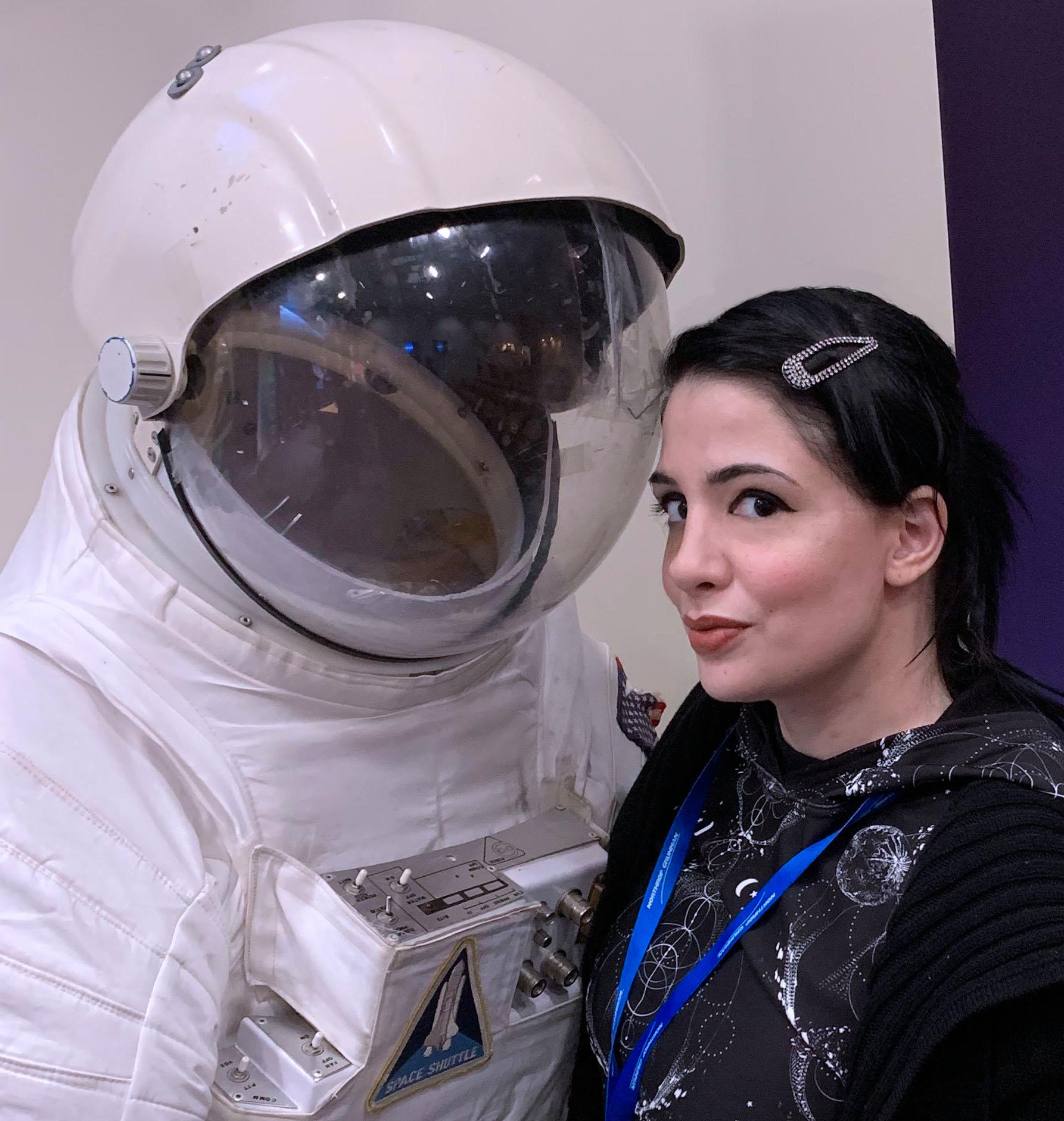Largest-ever map of 56,000 galaxies is demystifying the universe's expansion

The night sky may look deceptively still, but the universe is constantly expanding, which means everything keeps trekking through the void. Now, a new map of the distances of tens of thousands of galaxies is helping researchers calculate the universe's age and expansion rate with unprecedented precision.
The universe is thought to be about 13.8 billion years old, but objects such as the star Methuselah, which appears to be even older, have raised questions about this estimate. To calculate the expansion rate of the universe, scientists use a unit of measurement known as the Hubble constant, which is estimated to be about 46.6 miles per second for every megaparsec, or 3.26 million light-years. But that expansion rate also presents a conundrum, since different approaches to calculating it yield different values.
Now, with the new map, called Cosmicflows-4, researchers have come closer than ever to demystifying the age and size of the universe, calculating a Hubble constant value of 47 miles per second per megaparsec (75 km per second per megaparsec).
Related: James Webb Space Telescope spots 'Sparkler Galaxy' that could host universe's 1st stars
The researchers used eight methods of measuring galaxy distances; two of these methods were their own while others came from previous studies. By comparing these different methods, the scientists were able to develop a more accurate map.
For Cosmicflows-4, researchers measured the distance between 56,000 galaxies and their velocities as they move farther away. The distances and velocities of these galaxies, many of which host hundreds of billions of stars, can provide more insight into the size of the universe and, in turn, help scientists pinpoint the date of the Big Bang with more precision.
"By combining our more accurate and abundant tools, we are able to measure distances of galaxies, and the related expansion rate of the universe and the time since the universe was born with a precision of a few percent," R. Brent Tully, an astronomer at the University of Hawaii Institute of Astronomy and co-leader of the research, said in a statement.
Breaking space news, the latest updates on rocket launches, skywatching events and more!
How can something infinite be mapped? Nobody knows how far the universe reaches, but to construct Cosmicflows-4, the research team determined the distances and velocities of thousands of galaxies eight different ways. They used data from their own studies and others, with most of the data coming from the ALFALFA HI survey from the now-defunct Arecibo Observatory in Puerto Rico.
Galaxies are always rotating, and the rate of that rotation — along with luminosity and other elements, such as the "barcodes" of light that scientists call spectra — can reveal the distance of each galaxy. The researchers kept the margin of error extremely low by incorporating many precise measurements and distances from various galaxies.
The research is described in a paper published Oct. 23 in The Astrophysical Journal.
Follow us on Twitter @Spacedotcom and on Facebook.

